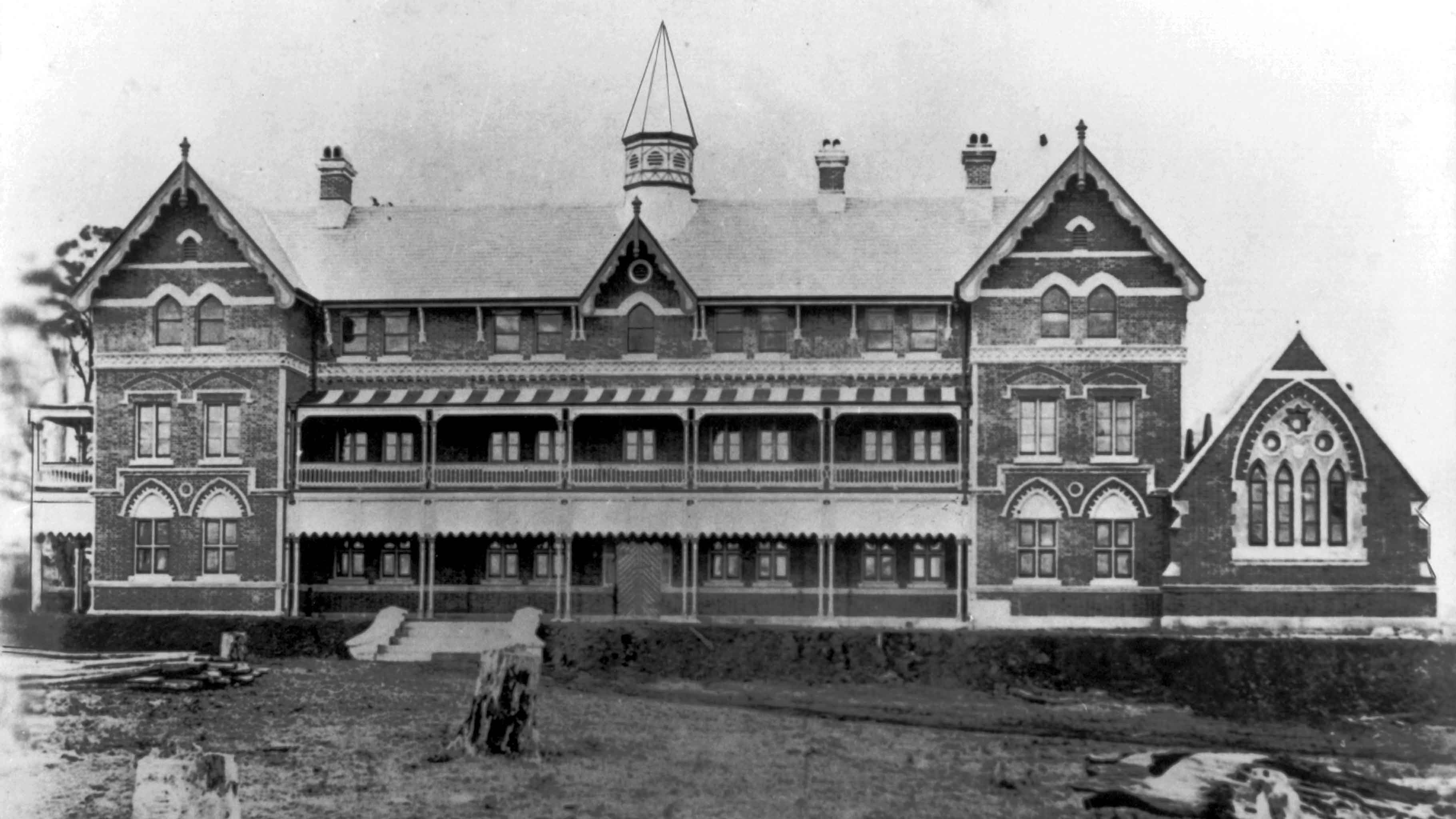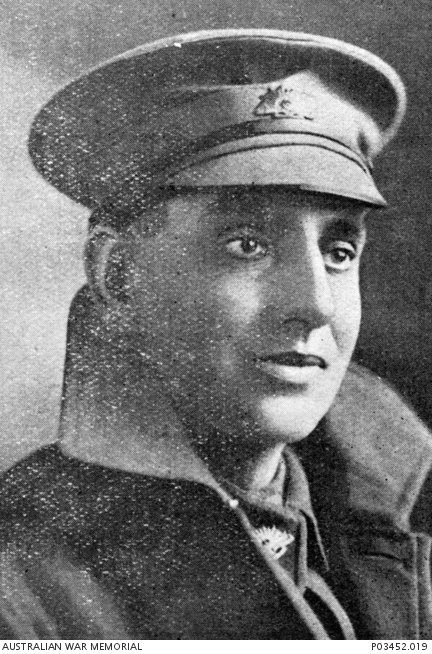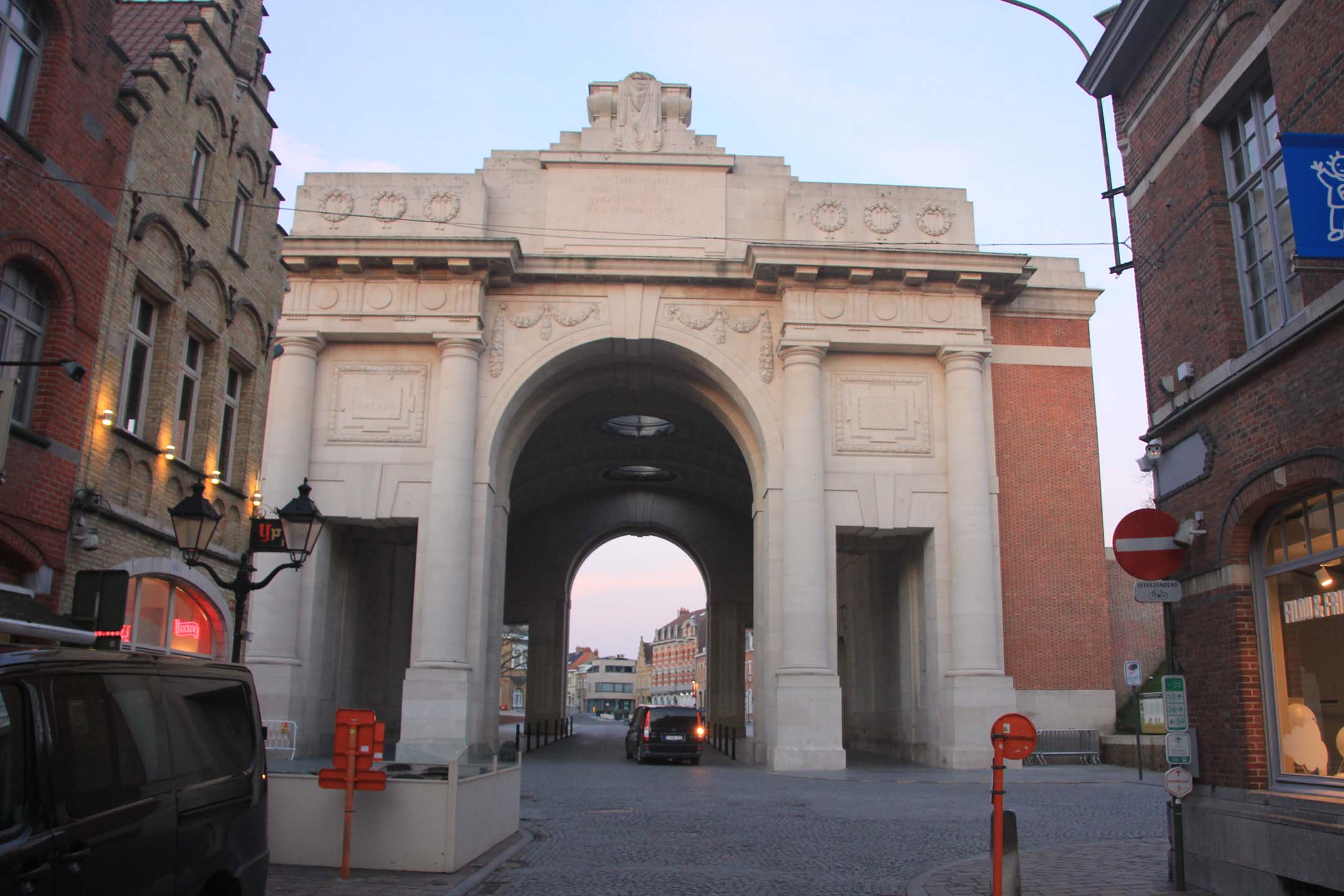A certain number of men enlisted in the AIF under a false or amended name. The reasons for this were many and varied, perhaps unique to each case. It is pointless to ask why this was so, even somewhat intrusive in many cases. There are some obvious reasons such as family breakdown, or under-age boys trying their luck away from home, or, married men finding their wives with dependent children unwilling to let them go (which was the case in the writer’s own family, in one instance).
For whatever reason, Frank Montgomery Pointer left his wife and two children at home in Prospect Street, Toowoomba, and enlisted as a single man at Show Ground Camp, Moore Park, Sydney, on 9 August 1916. He used the name Frank Montgomery and gave his NOK as a sister, Catherine Hood Pointer (also Poynter), of Fairholm Hospital, Singleton, New South Wales, also written as his own postal address. No other detail of Catherine appears in the archives, and she seems not to have responded to correspondence after the war.
Frank’s wife was Mrs Florence C.H. Pointer. She appears as the NOK of her two younger brothers Reg and Fred Fuljames who enlisted in 1915 (see entry for FW Fuljames). Perhaps Frank Pointer at 30 years of age did not want to leave the experience and responsibility of soldiering to his younger brothers-in-law. He and Fred were both old boys of Toowoomba Grammar School.
Archival records state that to his army mates Frank was known as “Monty”; it seems he never used the name Frank Pointer. He turned out to be a very good soldier. He was almost 5’10” tall and stocky, at 172 pounds. He had a medium complexion, brown eyes, brown hair and was a Presbyterian. He was posted to the 24th Battalion of the 6th Brigade, a battalion made up mostly of men from Victoria.
When Monty signed up the 24th was in the thick of fighting at Pozieres Heights. Losses were horrific so Monty and the reinforcements were expedited from Australia, leaving Sydney on 31 October 1916. He spent six months in England in further training before proceeding to France on 9 July 1917. Monty’s front-line experience was to be relatively brief. He became a company signaller and was soon regarded as one of the best.
From August to October, the AIF was committed to the terrible Battle of Passchendaele in Belgium. Some of the heaviest fighting in the experience of the Australians occurred in conditions of continuous rain and deep mud. The Australians took a number of objectives but at the cost of enormous casualties. On 9 October Monty was killed in action. Several witnesses were nearby during the attack; one of them, Lieut. A.L. Bacon, reported to the Red Cross later:
I state that Pte. Montgomery was shot by a sniper at or beyond Broodseinde Ridge through the chest. He was quite conscious and showed no pain and quite calm and handed his papers to me as he knew he was killed. Then I had to leave him with the stretcher bearers and I did not hear where he was buried. He was exceedingly brave and the calmest man I ever saw.
Very few of the men who died in the attack on 9 October were found later, so their names, including Monty’s, appear on the Menin Gate Memorial at Ypres. Monty’s name is listed there as Frank Montgomery. This is still his name with the War Graves Commission (CWGC). In Australia, post-war correspondence between the army and the family resolved the issue of Monty’s identity by August 1921. His name appears on the Roll of Honour at the AWM in Canberra as Montgomery Pointer. His full and correct name is engraved on the Mothers’ Memorial, Toowoomba.
Toowoomba Grammar School Archive Records state that he started at the school on 14th October 1901 and left on 30th September 1903. He was in the 1st Cricket team in 1903 and the 1stXV Rugby in 1902. The School Magazine of May 1918 stated, ‘POINTER, F – Only son of H.C. Pointer, of Newtown. At School 1993. Killed in France, October 9th, 1917, Age 28. Note the disparity between these records and the CWGC records.
External Links:
Australian War Memorial Honour Roll
Australian Red Cross Society Wounded and Missing
Australian National Archives Military Records
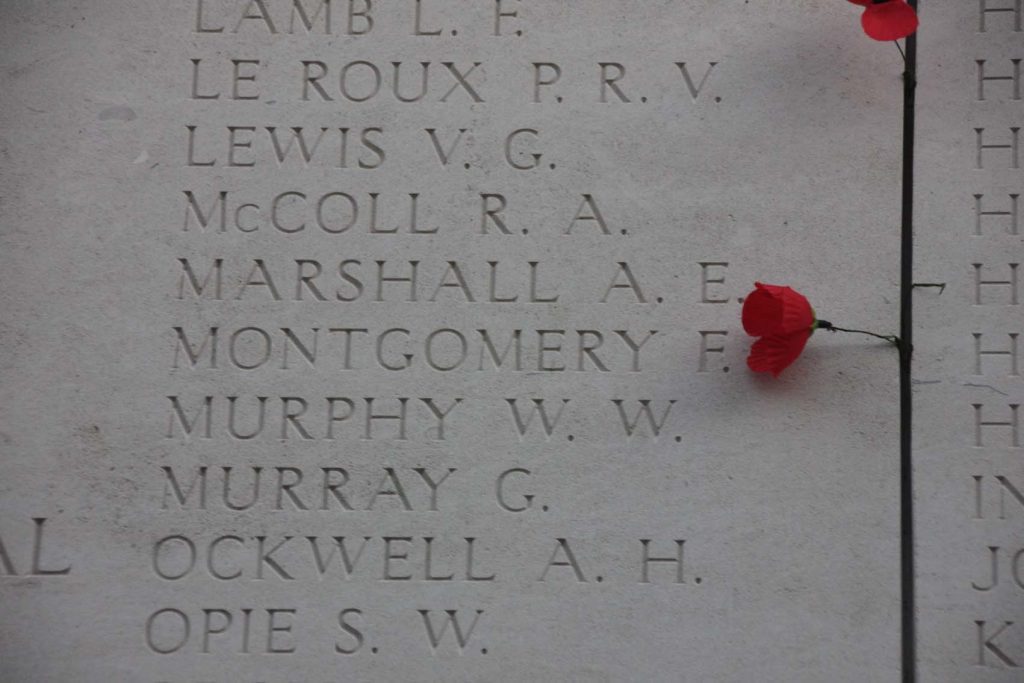
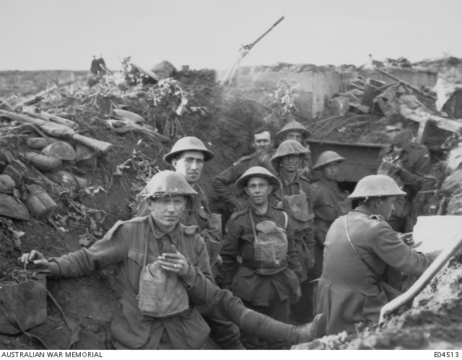
24th BN HQ at Broodseinde Ridge 5 October 1917
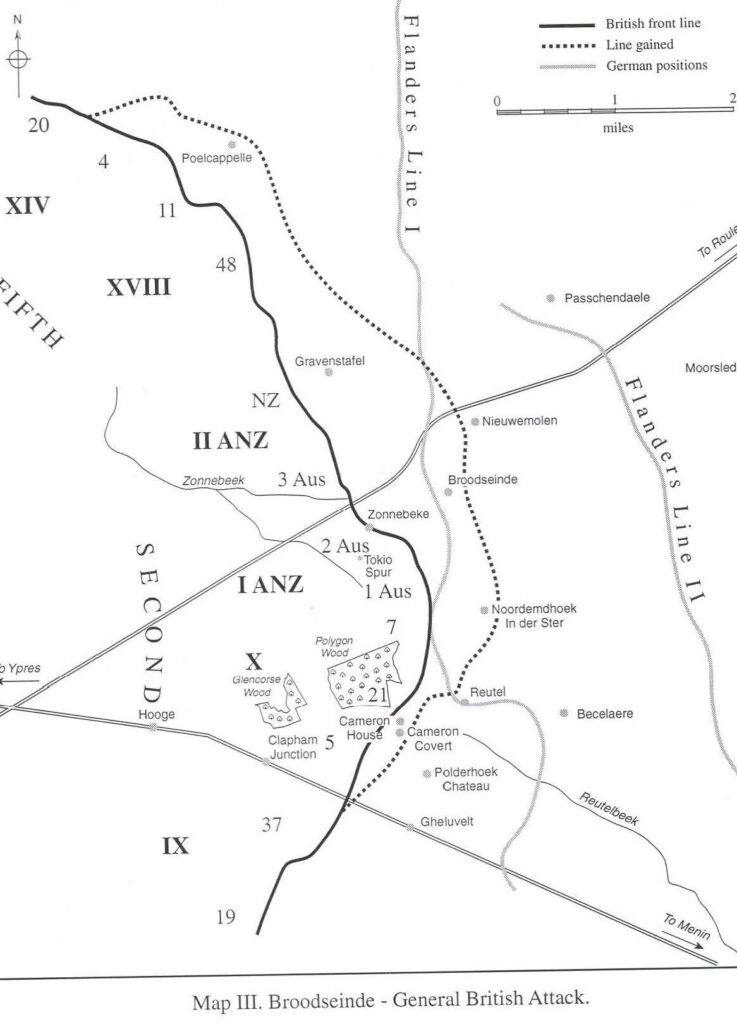
Broodseinder-General British Attack
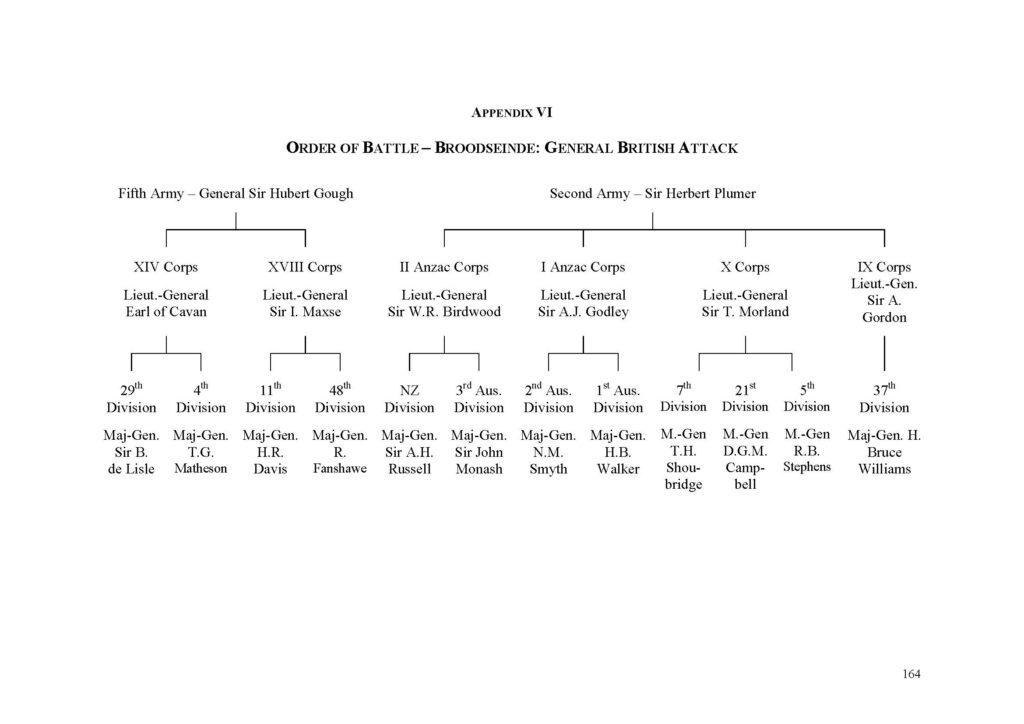
Order of Battle for Broodseinde

